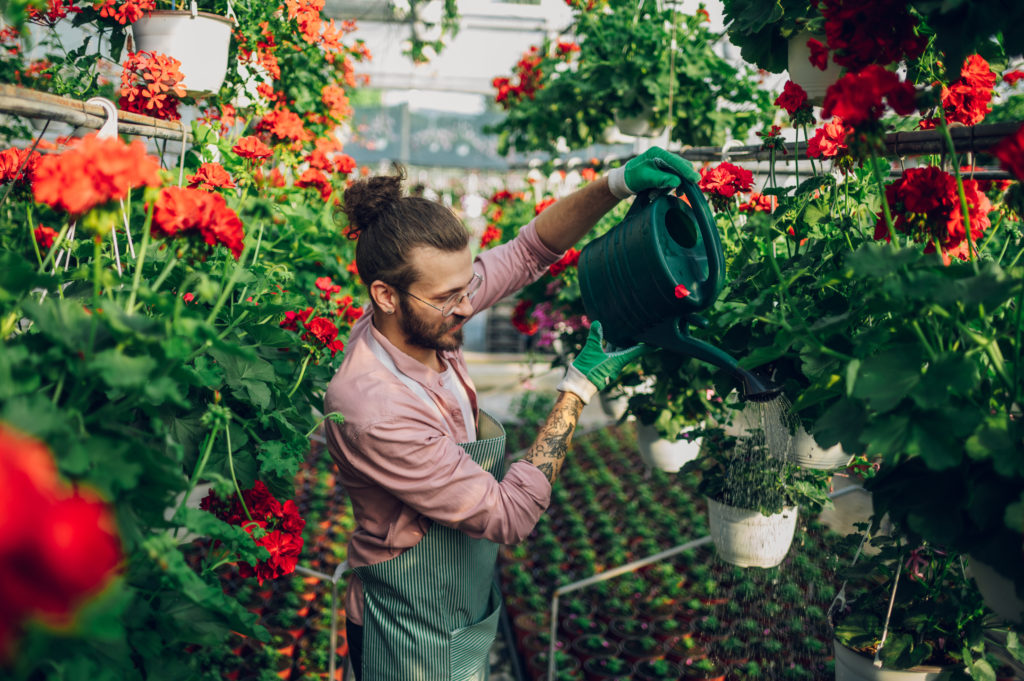How Much Water is Too Much Water When it Comes to Roses?

Roses are one of the most popular and beloved flowers in the world. They come in a variety of colors, shapes, and sizes, making them a favorite among gardeners and florists alike. However, like any plant, roses require proper care and attention to thrive. One important aspect of caring for roses is watering.
Watering your roses properly is crucial for their growth and health. Too much or too little water can cause a range of problems, from stunted growth to diseases. Let’s focus on the question: how much water is too much water when it comes to roses?
Understanding the Water Needs of Roses
Before discussing how much water is too much for roses, it’s important to understand their water needs. Roses are considered moderate drinkers, meaning they require a consistent supply of water to grow and bloom. However, compared to other plants, roses have deeper root systems that allow them to access water deep within the soil.
Generally, roses need about 1 inch of water per week for optimal growth. This can vary depending on factors such as climate, soil type, and age of the plant. For example, roses in hot and dry climates may require more water, while those in cooler and wetter climates may need less.
Signs of Overwatering Roses
So, how do you know when your roses are getting too much water? One of the most obvious signs is wilting leaves. This can be confusing as wilting is often associated with lack of water. However, overwatered roses will have soft and limp leaves that may also turn yellow or brown.
Another sign of overwatering is fungal diseases such as powdery mildew or black spot. These diseases thrive in damp and humid conditions, so consistently wet soil can create the perfect environment for them to grow.
Problems Caused by Overwatering Roses
Overwatering roses can lead to various problems and even cause the death of the plant. Some of these issues include:
Root rot: Too much water can drown the roots, leading to root rot. This condition prevents the roots from absorbing nutrients and oxygen, causing them to turn brown and mushy.
Nutrient deficiency: When soil is constantly wet, vital nutrients can be washed away, leaving the plant starved and weak.
Pests and diseases: As mentioned earlier, overwatering can lead to fungal diseases. It can also attract pests such as slugs and snails that thrive in moist environments.
Tips for Properly Watering Roses
To avoid overwatering your roses, here are some tips for properly watering them:
Water deeply: Instead of watering your roses lightly every day, give them a deep soak once or twice a week. This will encourage the roots to grow deeper and make the plant more resilient to dry spells.
Check soil moisture: Stick your finger into the soil near the base of the rose plant. If it feels dry about an inch below the surface, it’s time to water.
Water in the morning: This allows the leaves to dry off during the day and reduces the risk of fungal diseases.
Use a soaker hose or drip irrigation: These methods ensure that water is delivered directly to the roots, reducing evaporation and runoff.
It’s important to find the right balance when watering your roses. Too much water can cause a range of problems that can harm the plant, while too little water can lead to wilting and stunted growth. By understanding your roses’ water needs and following proper watering techniques, you can help them thrive and enjoy their beautiful blooms all season long.




